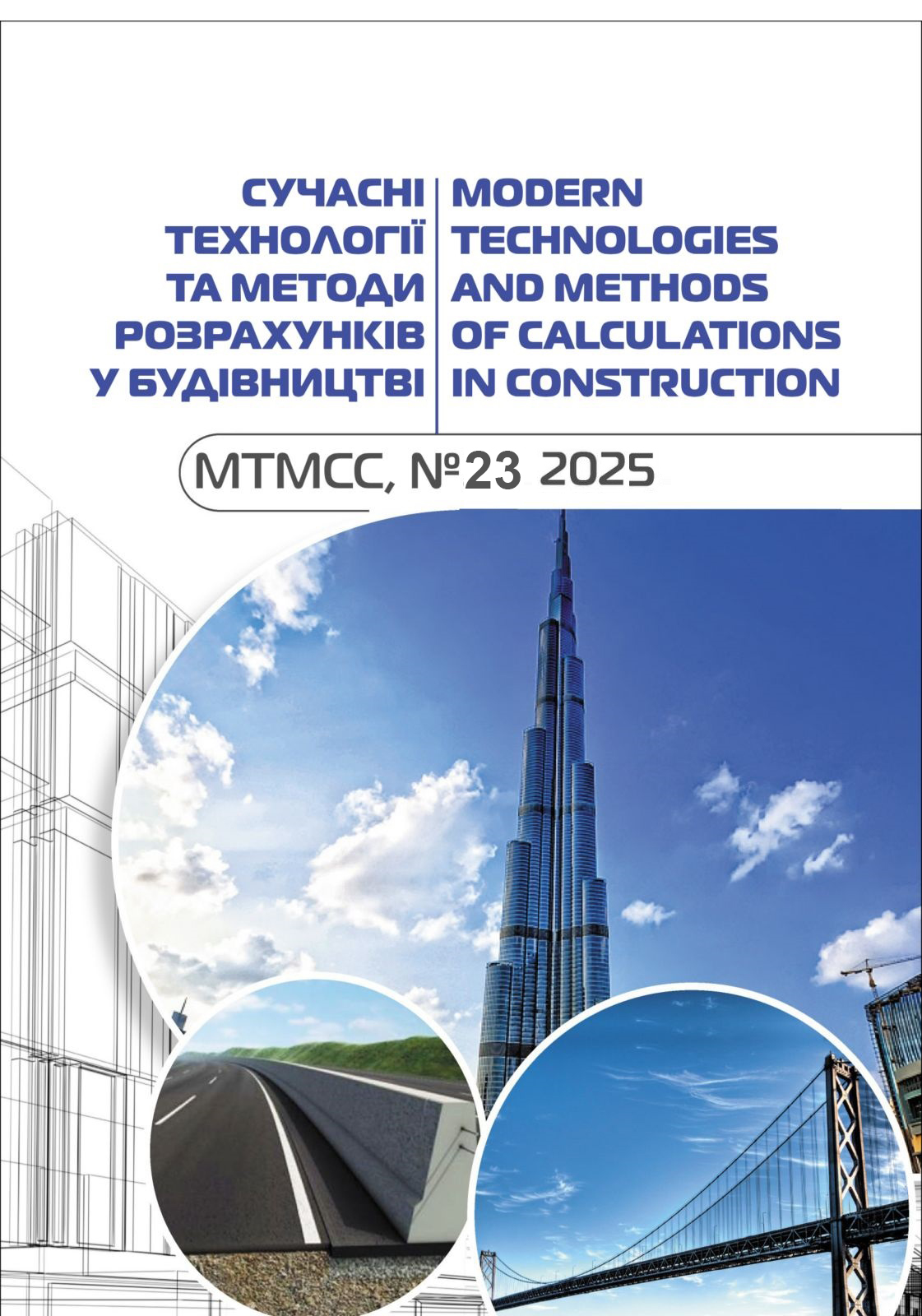Параметри моделі групової поведінки водіїв на автомобільних дорогах
DOI:
https://doi.org/10.36910/6775-2410-6208-2025-13(23)-36Ключові слова:
групова поведінка водіїв, математична модель, автомобіль, система, автомобільна дорога.Анотація
У статті проведено аналіз системи Людина – Автомобіль – Дорога - Середовище є важливою частиною при будівництві автомобільних доріг та для подальшого розвитку міжнародних транспортних коридорів між Європейськими країнами. Важливим моментом при цьому є взаємовідносини між поведінкою водіїв. Пропонується розглянути параметри моделі групової поведінки водіїв, для оцінки суспільно необхідної продуктивності водіїв на автомобільних дорогах.
У статті «Параметри моделі групової поведінки водіїв» розглядається питання динаміки розрахункових характеристик транспортного потоку, а саме фактичних і суспільно необхідних швидкостей руху та їх аналіз.
Проведені дослідження фактичної та суспільно необхідної швидкості руху на автомобільних дорогах дозволили автору припустити, що за динамікою розрахункових характеристик можна судити про закономірності еволюції автомобільних доріг.
Важливим завданням проектування автомобільних доріг є довгострокове прогнозування розрахункових характеристик транспортних потоків. Однією з проблем є проблема прогнозування реальних і суспільно необхідних швидкостей руху на автомобільних дорогах.
Швидкість руху системи «людина-автомобіль» у навколишньому середовищі відображає взаємозв’язок між компонентами системи управління аварійністю, оскільки є результатом її функціонування. Тому швидкість можна розглядати як параметр стану даної системи. В якості координати стану доцільно використовувати ймовірність переходу від фактичної швидкості до заданої.
У структурі параметрів стану задану швидкість слід розглядати як нормальну, тобто найбільш узгоджену з цілями та завданнями функціонування системи реагування на надзвичайні ситуації на даному етапі її розвитку.
Координати стану можна використовувати як вагові коефіцієнти в моделі прогнозування швидкості руху.
Модель еволюції замкнутої системи Людина – Транспортний засіб – Дорога – Середовище можна представити у вигляді системи диференціальних рівнянь, що відображають динаміку абсолютної організації її компонентів.
З поступовим поліпшенням умов руху (поетапне будівництво, реконструкція, капітальний ремонт) індивідуальна норма швидкості водія прагне до функціональної норми швидкості за мотивом свободи дій. Остання дорівнює двом третинам розрахункової швидкості автомобіля.
Експериментальні дослідження підтвердили справедливість формул для оцінки параметрів моделі прогнозування.
Модель прогнозування швидкості руху адекватна спостережуваним даним щодо динаміки проектування, та проектування нормальних швидкостей для водіїв.
Виявлено, що вирішення цієї проблеми можливе шляхом аналізу еволюції зв’язків між компонентами системи «людина-автомобіль-транспортне середовище».


